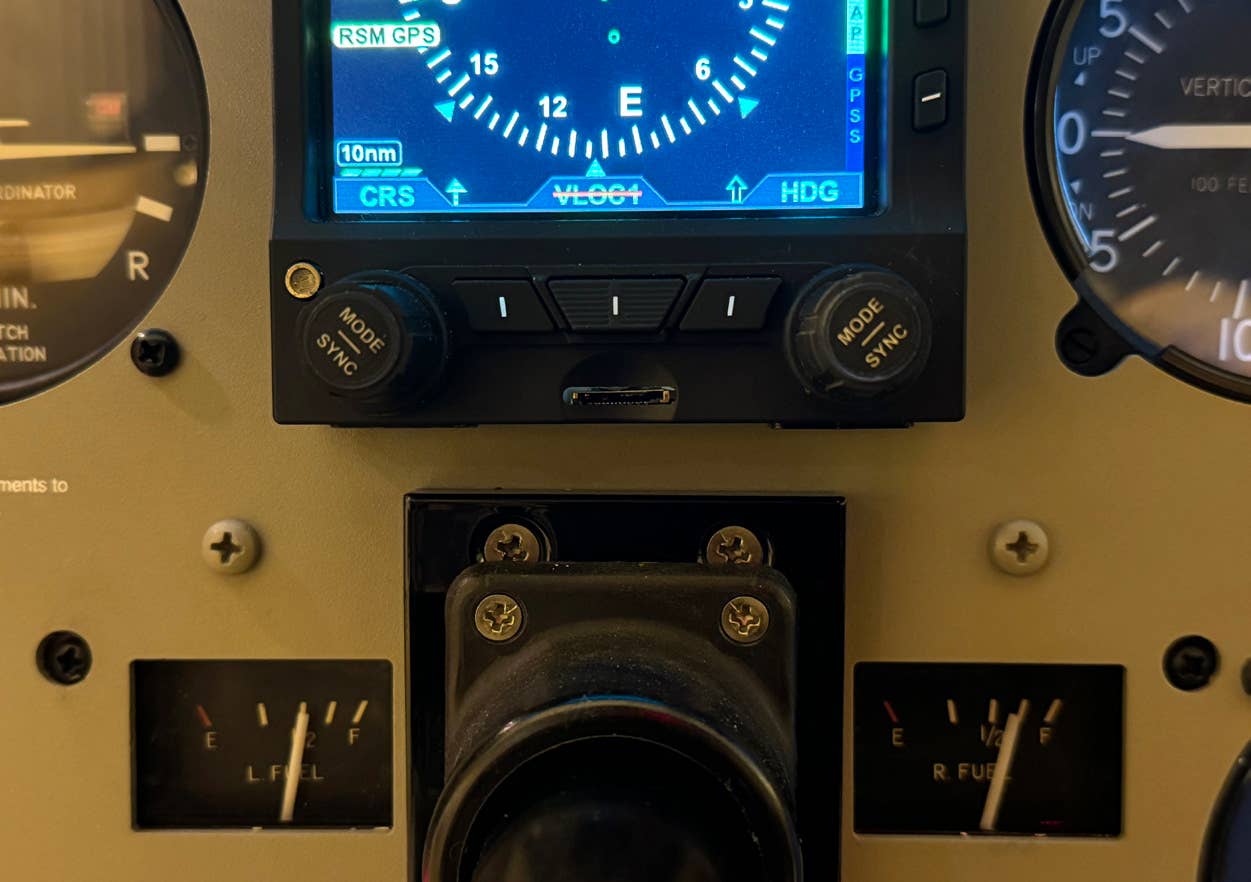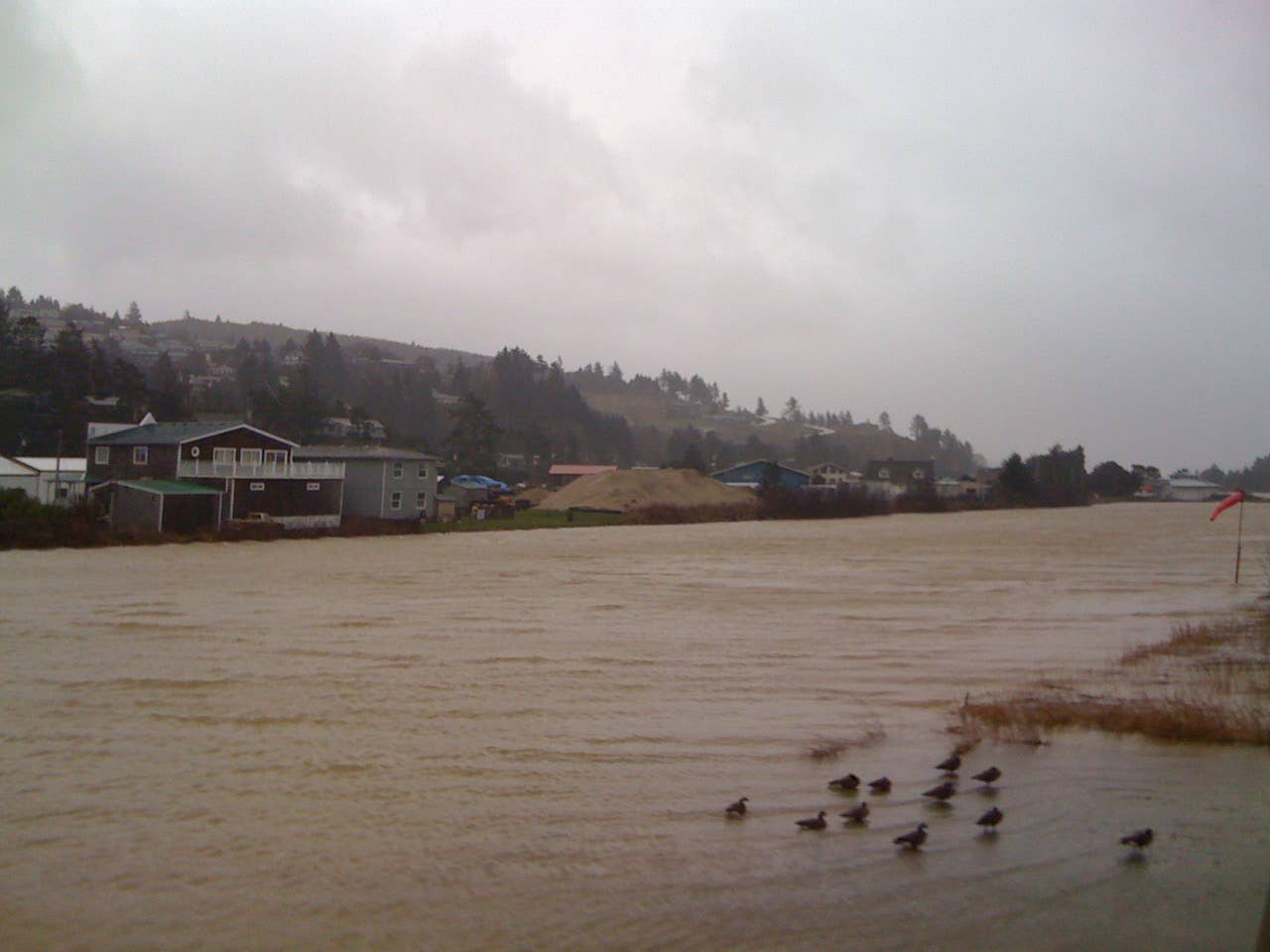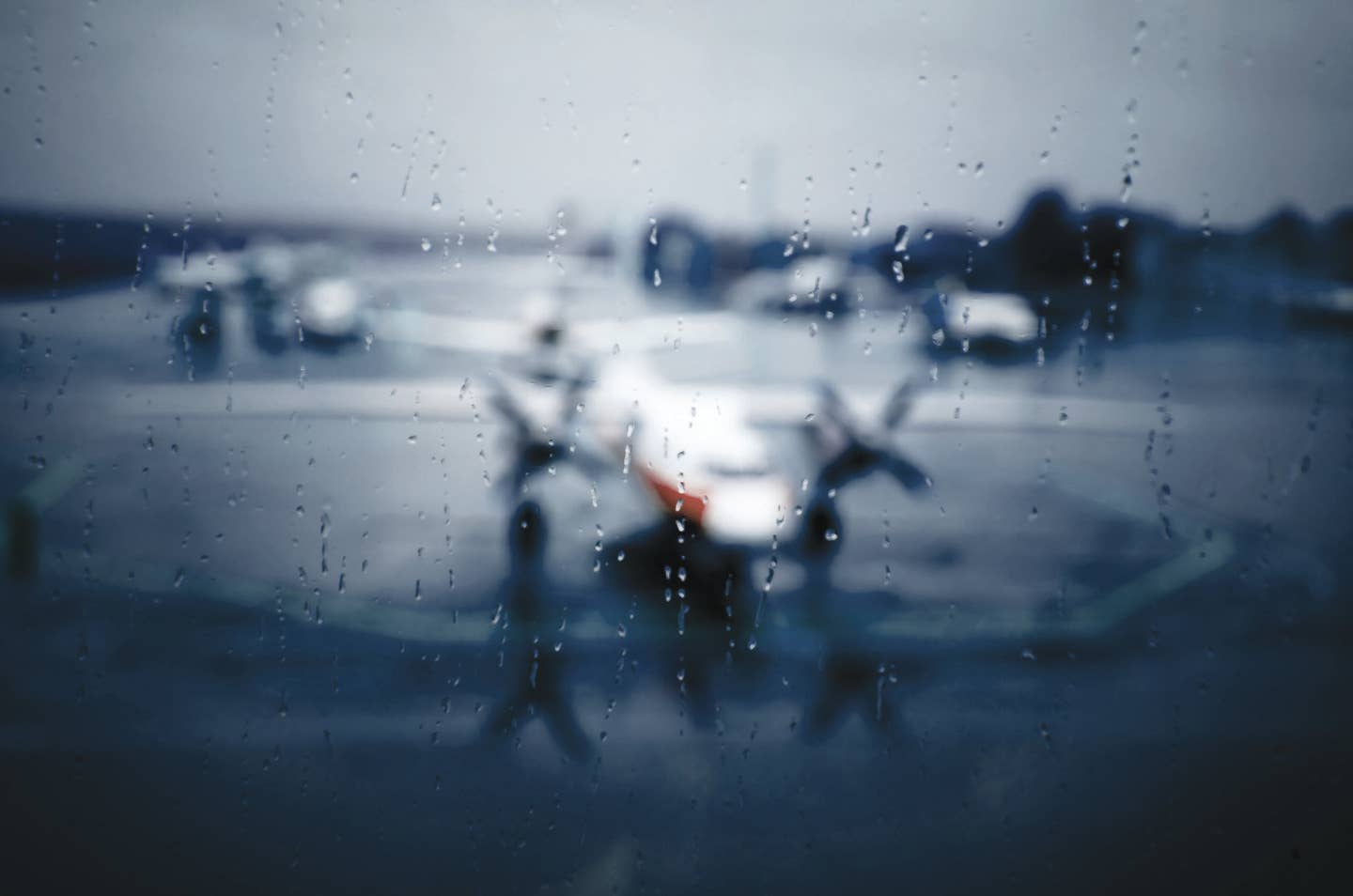
This month's issue of the American Bonanza Association magazine has some salient tips on night flying, courtesy of John Andrick of Nashua, New Hampshire (where winter nights are long -- and cold). John is a flight instructor and an air traffic controller, as well as an adjunct professor at Daniel Webster College, the campus of which is adjacent to Nashua Airport. DWC offers a wide range of aviation degree programs. Among John's advice on night flying is his habit of arranging his flight plan to follow "from airport to airport." While this might involve some added zigzagging, he writes that he is always comfortable in understanding exactly how far he is from the nearest safe landing spot, and whether it's ahead, behind or off to one side.
I would add regular checks of the 'nearest airport' page on your GPS navigator. On mine, the page presents information on bearing as well as distance, so I'll know which way to turn immediately in case of a sudden silence in the pointy end of my airplane. A quick scroll and a touch of the 'go to' button, and I can follow the magical magenta line to the promised landing. John makes regular checks of each airport's runway configuration, elevation, tower or unicom frequency and the frequency for turning on the lights (usually the unicom frequency, but not always). All that information may be only a couple of key pushes away in an emergency, but it wouldn't hurt to toggle through the screens as you motor along through the dark of night.
John also advises choosing a cruising altitude that maximizes your chances of gliding to an airport at any time. While that might not be possible for 100 percent of the trip, I certainly prefer flying higher rather than lower, when given the choice. With my little two-seat Grumman, I rarely flew higher than 6,000 feet. But with my Bonanza, I have the added comfort of flying much higher, which certainly extends the list of options should the V-tail unexpectedly morph into a glider.
Flying at night will always be riskier -- for a number of other reasons unrelated to engine failure. But knowing there is a welcoming runway within coasting distance removes a nagging source of stress from the back of the pilot's mind.

Sign-up for newsletters & special offers!
Get the latest FLYING stories & special offers delivered directly to your inbox






